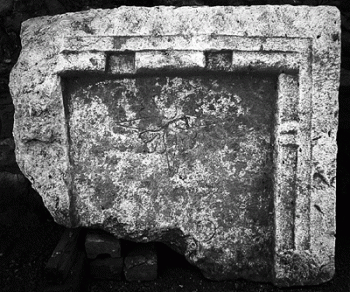American Journal of Archaeology | The Journal of the Archaeological Institute of America
You are here
Symbolic Door Stelae and Graveside Monuments in Western Anatolia
January 2006 (110.1)
Symbolic Door Stelae and Graveside Monuments in Western Anatolia
This article presents a group of graveside monuments particular to western Anatolia in the sixth through fourth centuries B.C.E. Unified by their depiction of a door, the stelae discussed here can be divided into two groups, each showing varying degrees of Phrygian, Greek, and Achaemenid Persian influence: Group A begins in the mid to late sixth century and represents a door with architectural embellishments; Group B appears by the late fifth century and incorporates also elements of anthemion stelae. None of the monuments blocked passages in their original contexts; rather, they were symbolic graveside markers, associated primarily with tumulus and rock-cut chamber tombs visible to passers-by and offering-bearing descendants of the deceased. All but two of the 19 examples are from ancient Lydia, and the form may be of Lydian origin. The eclecticism of influence—typical of Lydian material culture during this period—is paralleled by the probable multivalence of the door’s symbolism, representing the door of the afterlife, the tomb, and the household. Just as they reveal conceptions of the afterlife, symbolic door stelae are significant also in their probable association with family tombs and use in ancestor or tomb cult, and in their relation to contemporary western Anatolian funerary developments.
Symbolic Door Stelae and Graveside Monuments in Western Anatolia
By Christopher H. Roosevelt
American Journal of Archaeology Vol. 110, No. 1 (January 2006), pp. 65–91
DOI: 10.3764/aja.110.1.65
© 2006 Archaeological Institute of America


